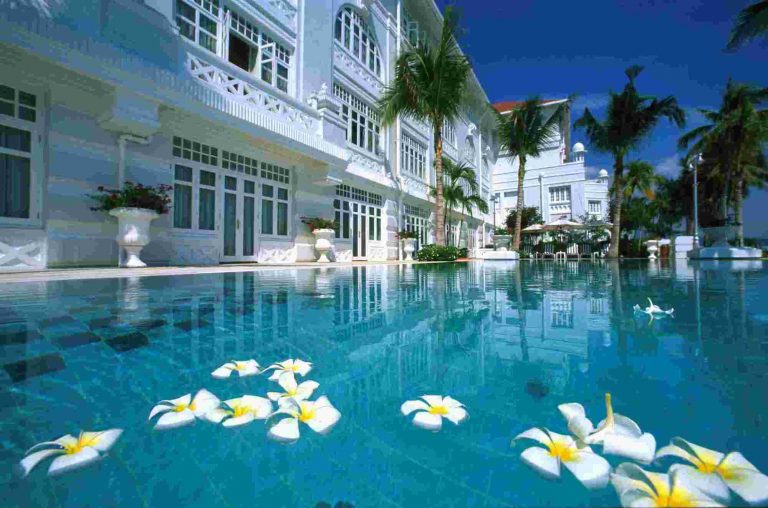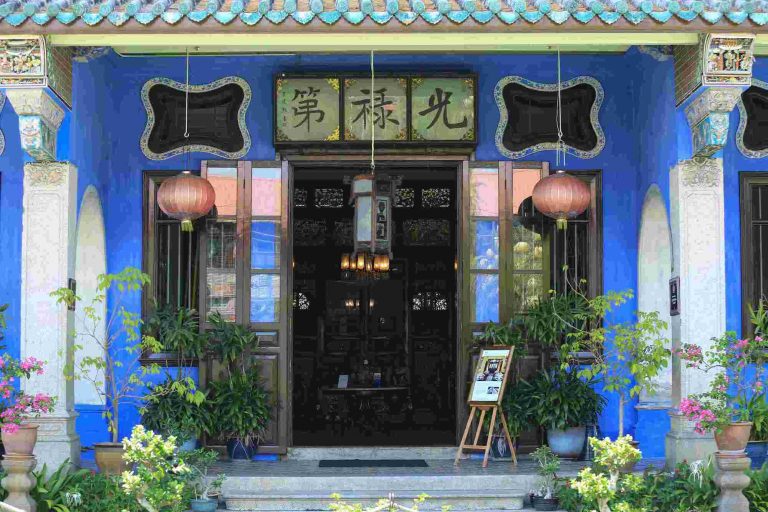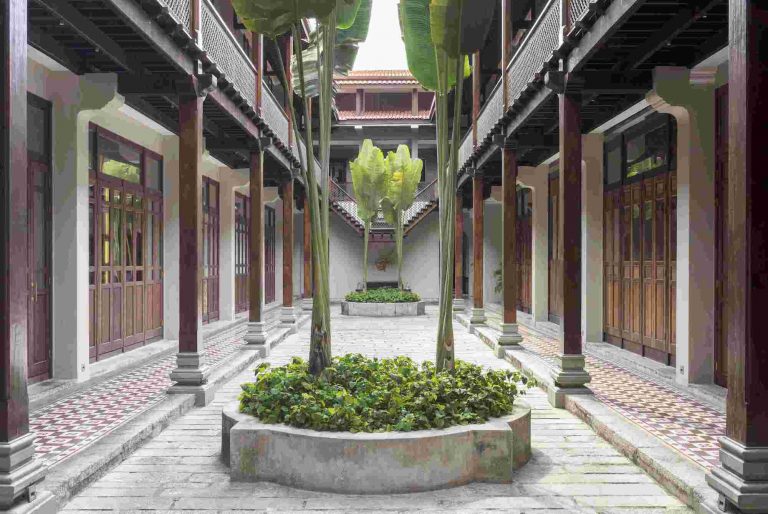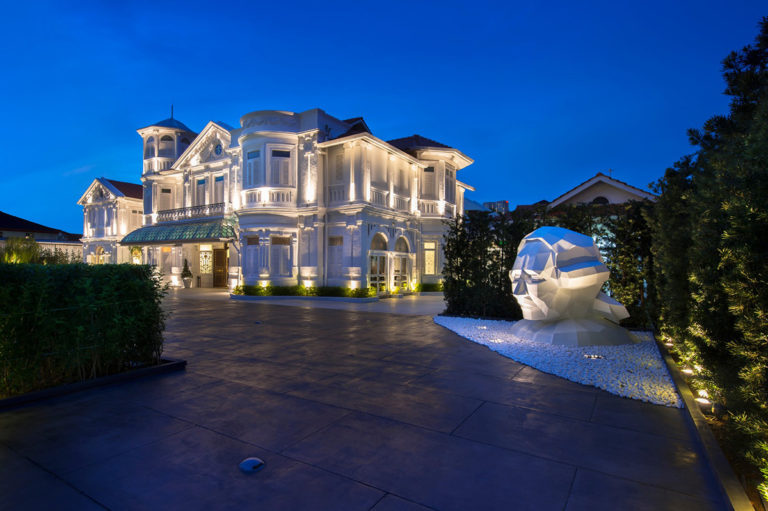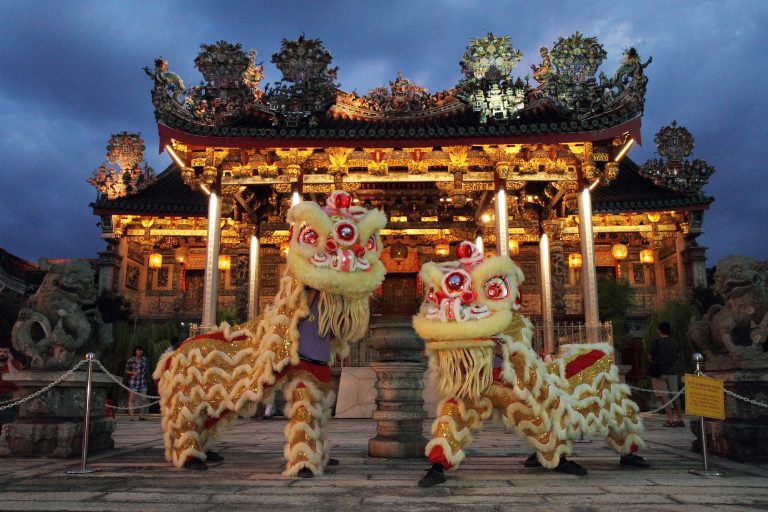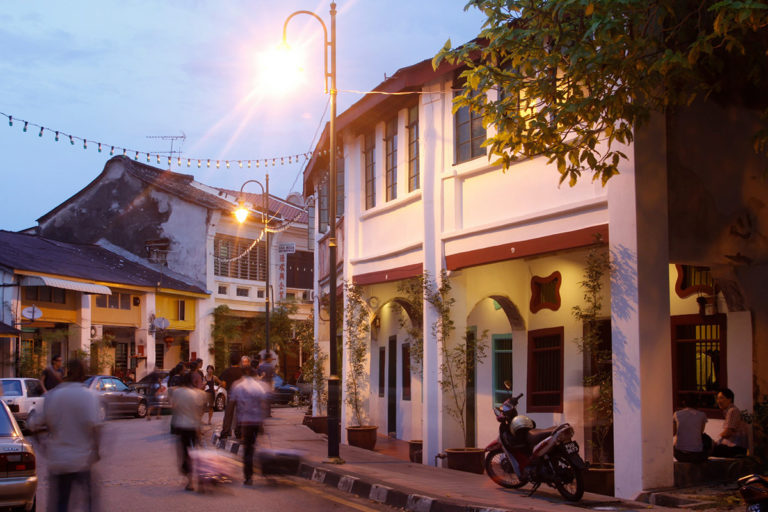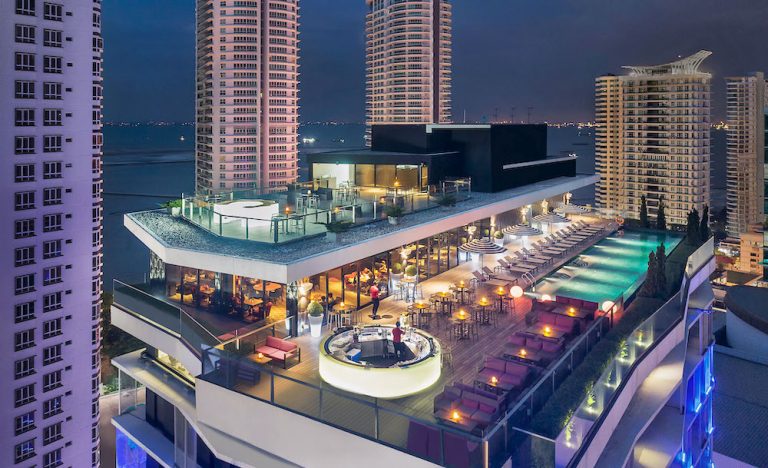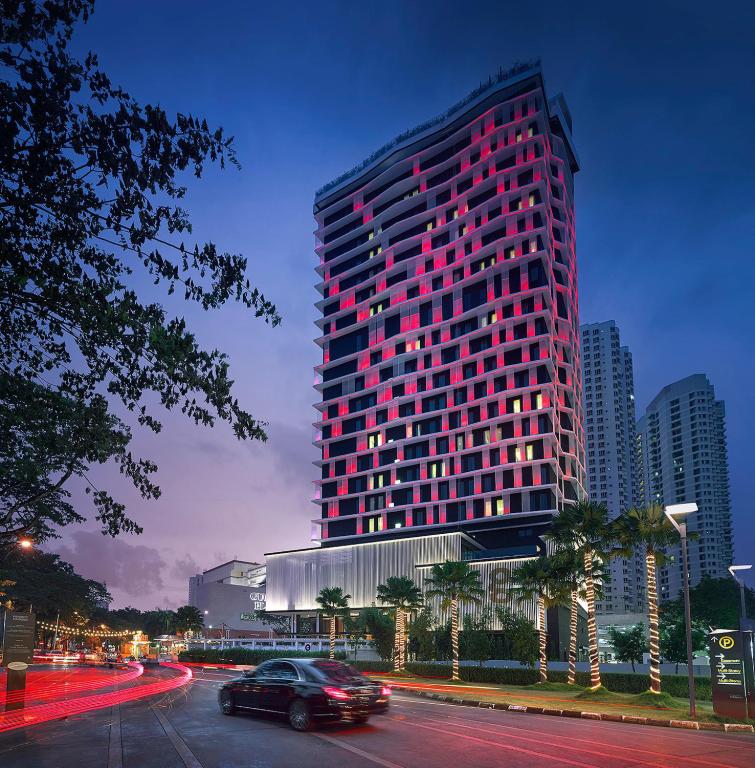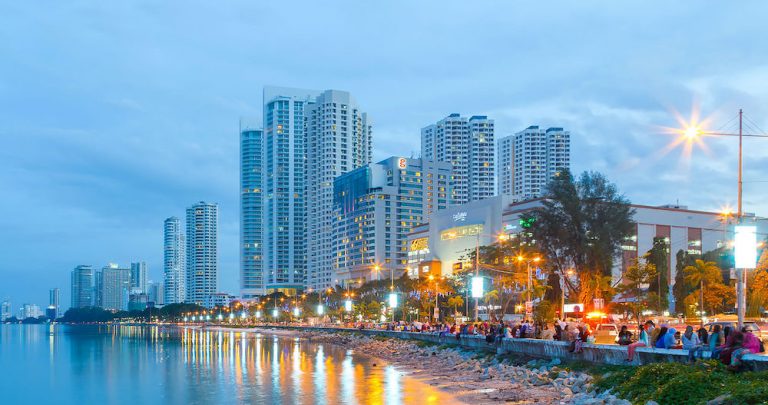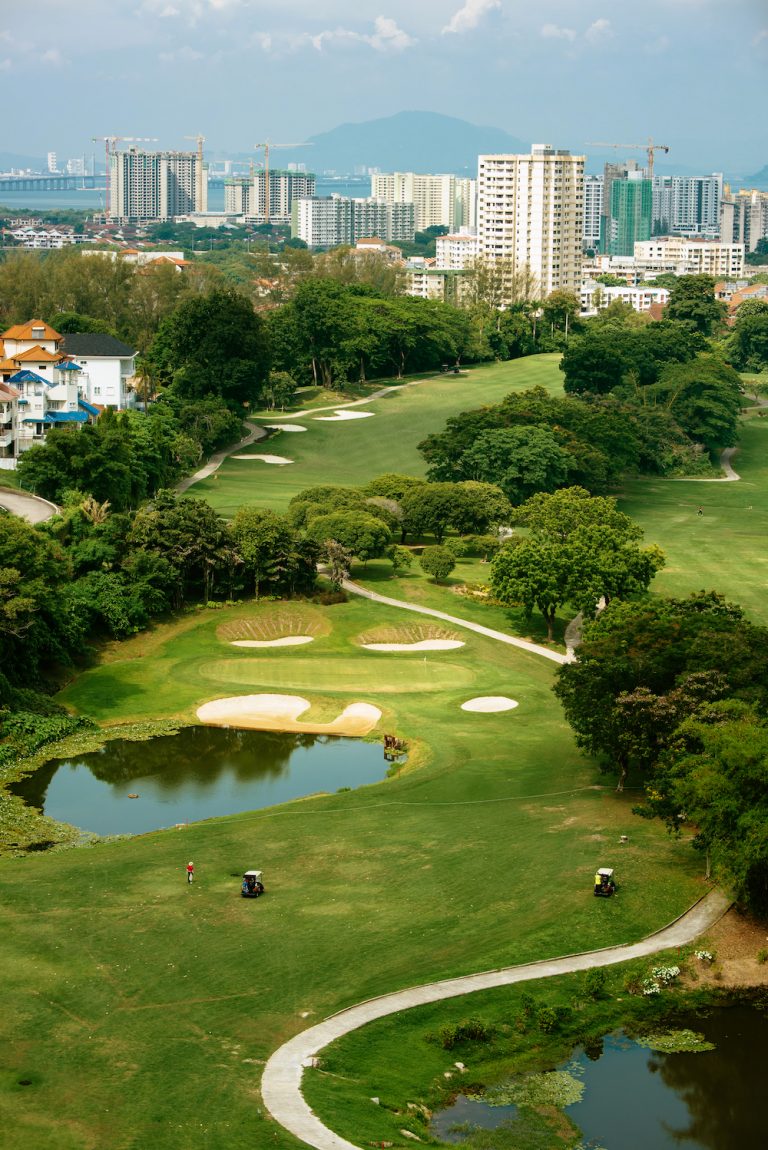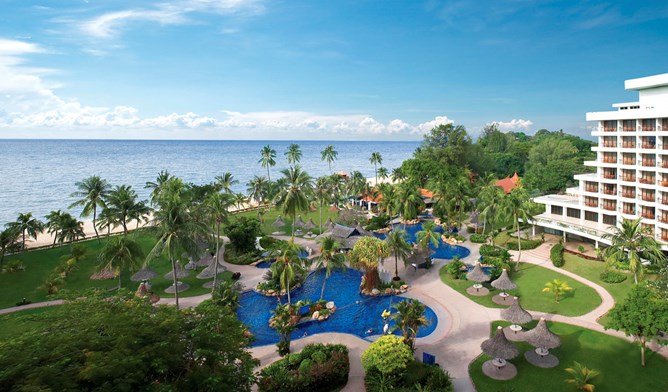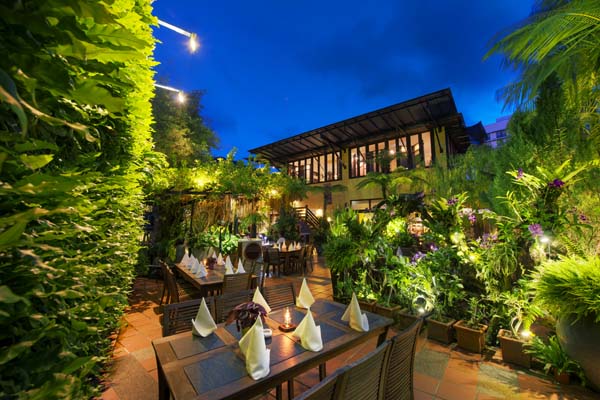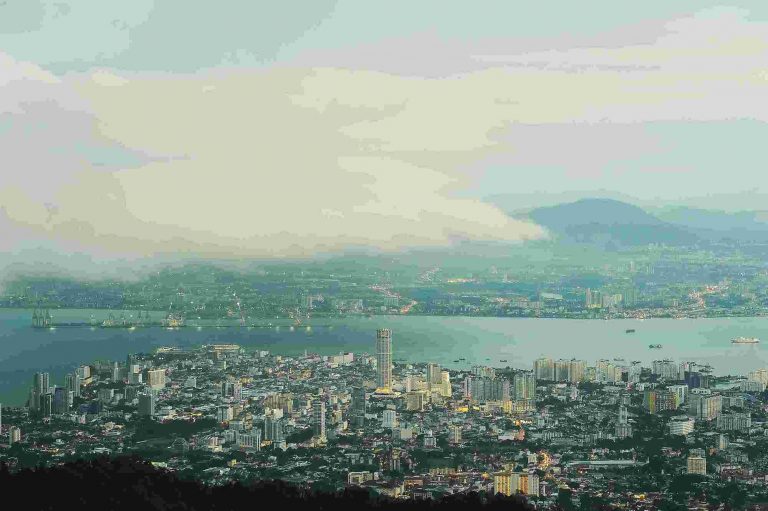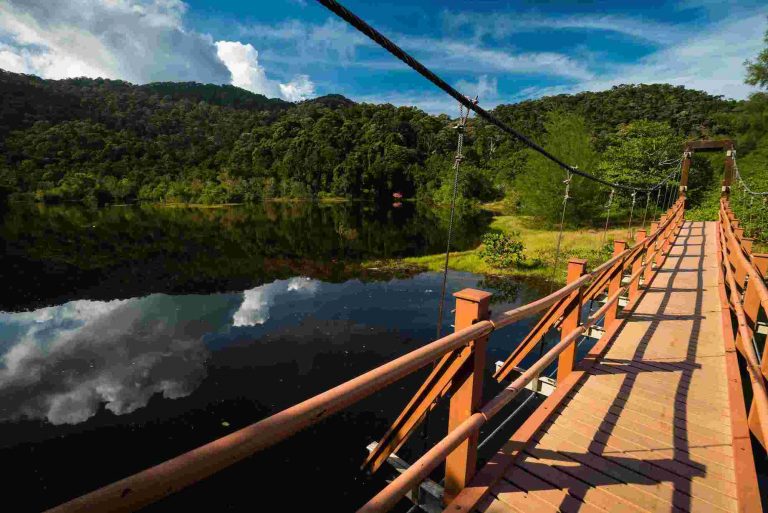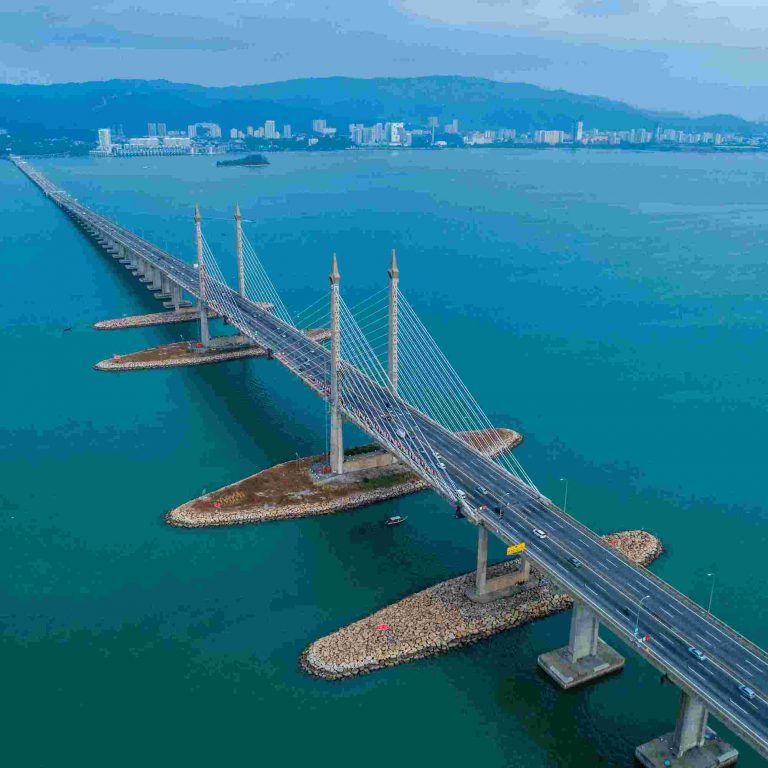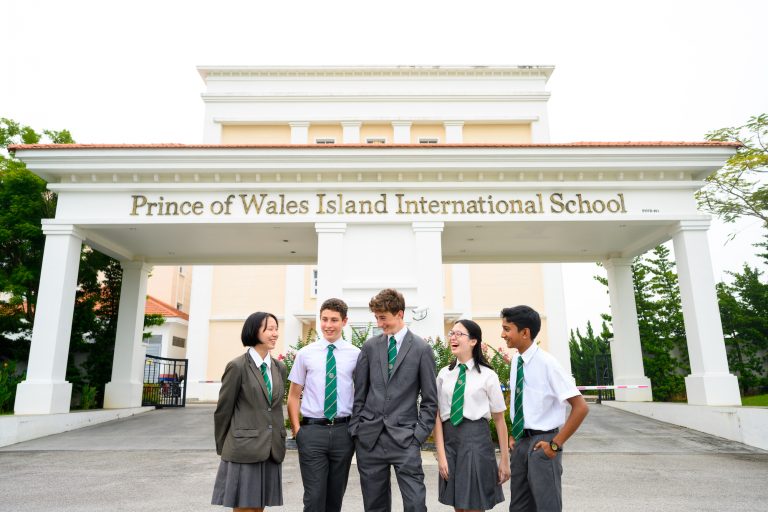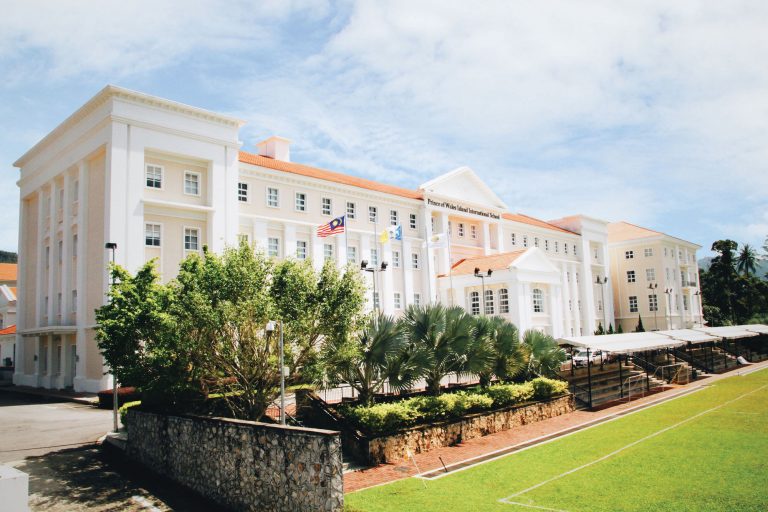An Overview of Penang, Malaysia Property Investment: why is it suitable place to live or to invest? what are the new economic developments?
It has garnered a wealth of accolades, including:
- “Malaysia’s most liveable city” by ECA International
- “Asia’s next Silicon Valley” by BBC
- “Medical Travel Destination of the Year” by International Medical Travel Journal
- “No. 3 Best Islands in the World to Retire” – Travel Awaits
- “Top 8 islands you must see before you die” by Yahoo! Travel
- “Top 10 dynamic industrial clusters in the world” by the United Nations Industrial Development Organization
- “Top 31 BPO locations in the future” by KPMG
- “2nd Global Tourist Destination” by CNN
- 1st among 8 of “the world’s culinary hotspots” by Lonely Planet
A Place Like Home
Among the 13 states in Malaysia, Penang is the only state with a Chinese ethnic majority. 60% of the population on Penang Island is of Chinese descent, such that Cantonese, Mandarin, other Chinese dialects and English are used in everyday life, which spares Hong Kong people the difficulty of living in a place where language barriers exist.
Penang was a former British crown colony from 1867 to 1945. The state capital city, George Town, is listed as a UNESCO World Cultural Heritage Site for preserving beautiful heritage buildings – many have even claimed it to be reminiscent of old Hong Kong. It upholds an international common law legal system, where English documentation is used for business dealings.
Things to do in Penang
- Vibrant night life: Gravity Rooftop Bar
- 5-star hotels: G Hotel Kelawai
- Shopping along Gurney Drive
- Hiking trails
- Golfing at Penang Golf Club
- Batu Ferringhi Beach: Rasa Sayang Shangri-la Hotel
- Escape Theme Park
- Delicious food: Penang’s Empurau “Unforgettable Fish”
- Penang’s famous street food: char kway teow & durian
- Many fine dining restaurants: Restaurant Blanc @Macalister Mansion
Similar to Hong Kong Island’s relationship with Kowloon, Penang comprises of “Penang Island” and “Seberang Perai” on the Malay Peninsula. Penang Island is mountainous with limited developable land – this coupled with the high demand for properties makes for resilient property prices. Where Hong Kong has Victoria Peak with an elevation of 552m accessible via the Peak Tram, Penang has Penang Hill perched 833m above sea level reachable by taking a short ride on the Penang Hill Railway. Lovers of outdoor activities will definitely enjoy exploring the plentiful hiking trails.
“Malaysia feels like home to many Hongkongers, as they can readily adapt to the pleasant and congenial living environment,” notes our Dr. Theresa Fok, Founder and Managing Director of Jade Land Properties (HK) Limited, a boutique real estate consultancy specializing in Malaysia properties.
There are daily short and easy direct flights to Penang from Hong Kong via Cathay Pacific; it provides ample convenience for those who need to travel frequently between the two places.
A Manufacturing Powerhouse
Known as the ‘Silicon Valley of the East’, Penang is home to over 300 multinational corporations (MNCs) and 3,000 small medium enterprises (SMEs) with manufacturing facilities, including Tesla, HP and Dell. Last year, Penang recorded foreign direct investments (FDIs) of RM10.55 billion in the manufacturing sector, the largest in the country.
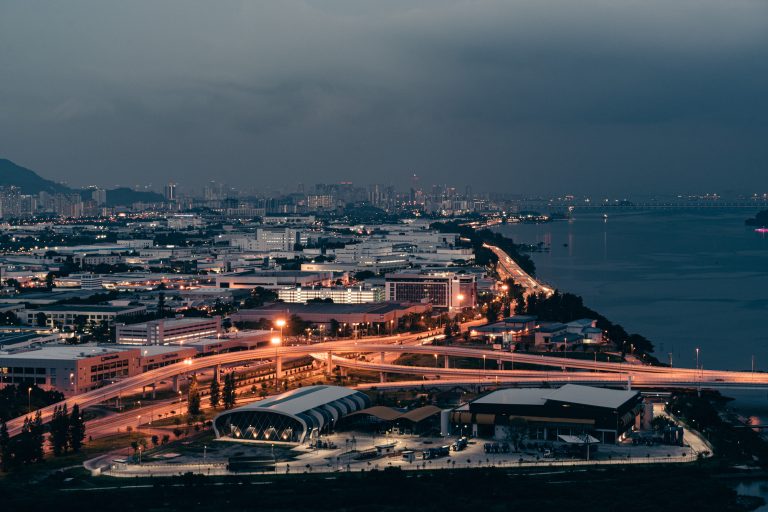
Medical Tourism
In 2019, Penang received more than 10 million tourists for the purposes of leisure and medical tourism.
Malaysia’s medical tourism industry is flourishing. 1.2 million people visited Malaysia for the purpose of obtaining medical treatment and Penang contributes 60% of Malaysia’s medical tourism income. In 2018, Penang’s healthcase industry generated a revenue of RM1.5 billion. The reason why Penang’s medical tourism industry is so successful is that it has world-class quality care, relatively affordable treatment prices, end-to-end patient service and good hotels and supporting amenities set against the backdrop of a beautiful tropical island.
The city is undergoing a range of exciting new changes, including:
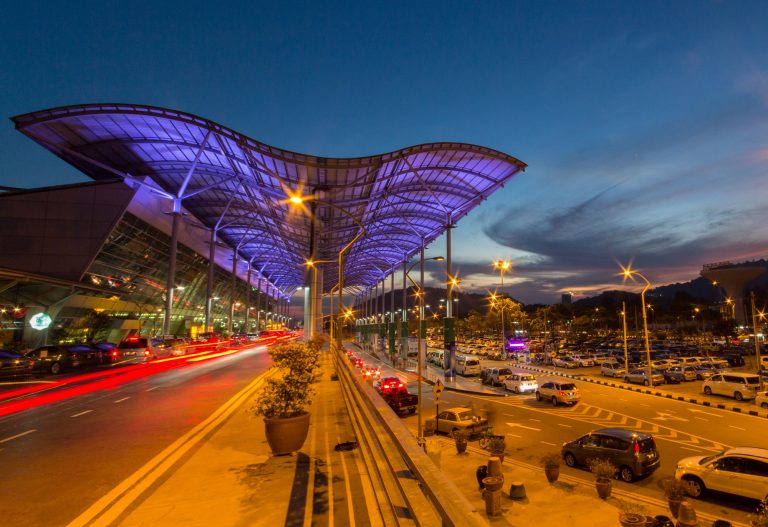
The Expansion of Penang International Airport
The state government is investing RM46 billion to expand Penang International Airport in order to raise the airport’s capacity from 7.8 million passengers to accommodate 16 million passengers per year. Tourist arrivals are set to increase further with more regional and international flights, particularly long-haul flights with widebody aircraft operators flying directly to Penang.

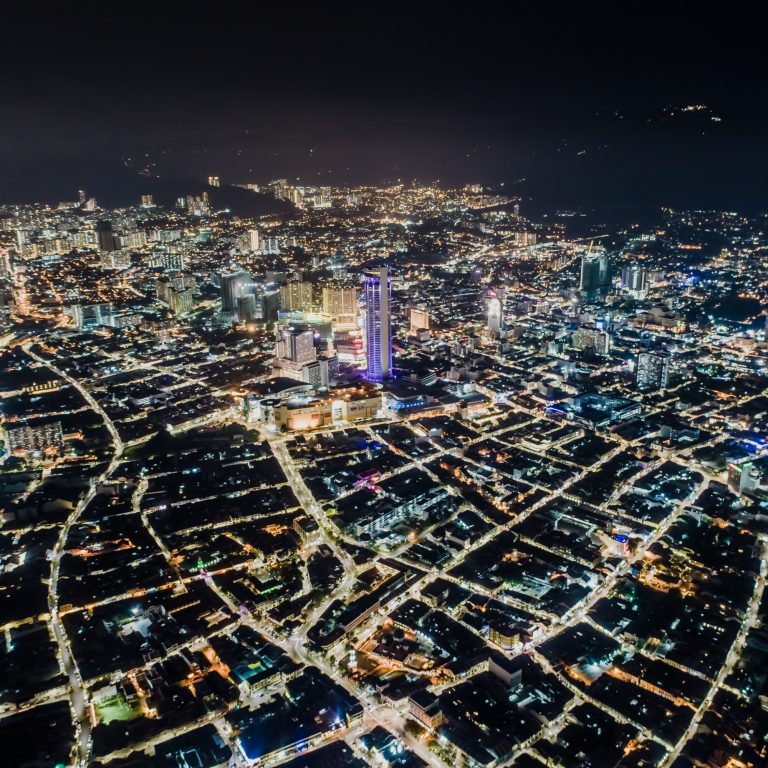
The Penang Transport Master Plan
RM46 billion will be invested to develop an integrated public transport network. The transport plan involves constructing Light Rail Transit (LRT), monorail and tram networks, Bus Rail Transits (BRT), and an undersea tunnel. This will complement concurrent plans to improve existing road and highway networks. The goal is to improve travelling time for commuters in Penang.


Penang 2030 – A family-focused green and smart state that inspires the nation
Penang 2030 is a vision by the Chief Minister of Penang to empower Penang’s citizens to take initiative and to participate in shaping the economy. The program has four overarching strategies: A) focusing on increasing liveability to enhance the quality of life; B) to upgrade the economy to raise household incomes; C)to empower people to strengthen civic participation; and C) to invest in the built environment to improve resilience.

Established international school system
When making a decision on emigration, families have the added concern on the quality of education for their children. The international education landscape in Malaysia has grown rapidly over the last decade. Expatriate children have diverse options when it comes to quality international schools, such as Prince of Wales Island International School (POWIIS) and Dalat International School.
For those who are new to the English language or require English enrichment, POWIIS offers the English as an Additional Language Program to help children integrate into the international school environment.
Upholding high standards, these schools offer internationally-recognized syllabuses like the International Baccalaureate (IB) Diploma and the International General Certificate of Secondary Education (IGCSE). They provide a seamless education path for students from nursery to high school, and facilitate transition into world-renowned universities abroad.
